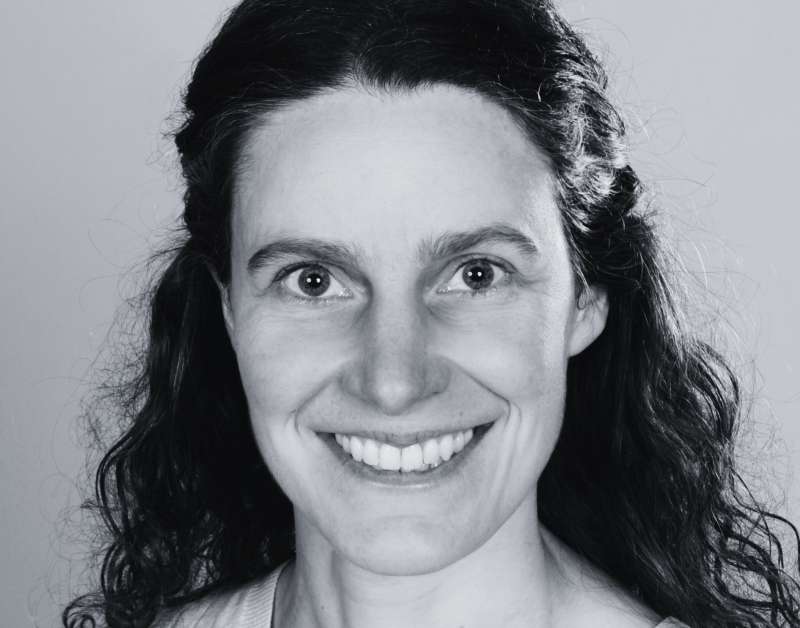Manuela Beyer, wiss. Mitarbeiterin, Doktorandin I Kontakt: manuela.beyer@lir-mainz.de
Mauricio Diaz, PhD, wiss. Mitarbeiter, PostDoc I Kontakt: mauricio.diaz@lir-mainz.de
Luna Licht, med. Doktorandin I Kontakt: luna.licht@lir-mainz.de
Minh Anh Nguyen, med. Doktorandin I Kontakt: minh.anh.nguyen@lir-mainz.de
Dr. Laura Rodríguez, Data Steward I Kontakt: laura.rodriguez@lir-mainz.de
Phillip Spancken, Masterstudent I Kontakt: phillip.spancken@lir-mainz.de
Die Arbeitsgruppe Computational Resilience Research untersucht Resilienz-Dynamik am Schnittpunkt von Modellierung, Machine Learning und Medizin. Durch die Kombination von Theorie und moderner Datenanalyse enträtseln wir komplexe Prozesse, die Resilienz fördern oder verhindern, in enger Zusammenarbeit mit experimentellen Kolleg:innen.
- Phasenübergänge in neuronaler Dynamik und ihre Konsequenzen für Resilienz
- Lernverhalten und soziale Interaktion in Mäusen - Individuelle Charakteristika und ihr Zusammenhang mit Resilienz
- Gene Expression und Resilienz in Krebspatient:innen
- Saisonale Variation bei Stress und Resilienz
- Dynamische Transitionen nach Stressexposition
- Identifikation resilienter Individuen anhand von Verhaltensprofile
- Saisonale Variation bei Stress und Resilienz
- Prof. Dr. Angela Relógio, MSH Medical School Hamburg & Charité – Universitätsmedizin Berlin
- Prof. Dr. Thilo Gross, Helmholtz Institute for Functional Marine Biodiversity at the University of Oldenburg (HIFMB)
- Prof. Dilja Krueger-Burg, PhD, University Medical Center of the Johannes Gutenberg University Mainz
- Prof. Dr. Marion Silies, Johannes Gutenberg University Mainz
- Prof. Dr. Angela Relógio, MSH Medical School Hamburg
- Boehringer Ingelheim Stiftung
Hesse J, Müller T, Relógio A (2023) An integrative mathematical model for timing treatment toxicity and Zeitgeber impact in colorectal cancer cells. NPJ Syst Biol Appl. 9(1):27. doi:10.1038/s41540-023-00287-4
>> Link zu PubmedHesse J, Schleimer JH, Maier N, Schmitz D, Schreiber S (2022) Temperature elevations can induce switches to homoclinic action potentials that alter neural encoding and synchronization. Nat Commun. 13(1):3934. doi:10.1038/s41467-022-31195-6
>> Link zu PubmedHesse J, Schleimer JH, Schreiber S (2017) Qualitative changes in phase-response curve and synchronization at the saddle-node-loop bifurcation. Phys Rev E. 95(5-1):052203. doi:10.1103/PhysRevE.95.052203
>> Link zu PubmedHesse J, Schreiber S (2015) Externalization of neuronal somata as an evolutionary strategy for energy economization. Curr Biol. 25(8):R324–5. doi:10.1016/j.cub.2015.02.024
>> Link zu PubmedHesse J, Gross T (2014) Self-organized criticality as a fundamental property of neural systems. Front Syst Neurosci. 8:166. doi:10.3389/fnsys.2014.00166
>> Link zu Pubmed




